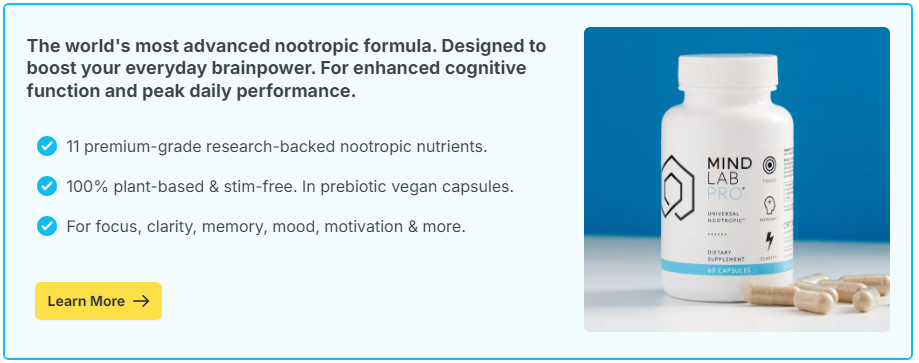
We’re often told that creativity lives on the edge of chaos – that to innovate, we must break rules, shake things up, leave our comfort zones behind. And while there’s truth in that advice, the brain tells a slightly more complicated story. Sometimes, it’s precisely within comfort zones that creativity blooms. Not because they challenge us, but because they free us.
It’s a paradox. We think of creativity as wild, spontaneous, unchained. But research shows that stability and routine, when used intentionally, can become fertile ground for imaginative thinking. Familiarity doesn’t stifle the mind – it gives it the space and safety to wander farther, think deeper, and build more original connections.
Contents
The Brain’s Need for Safety
From an evolutionary standpoint, the brain is wired to prioritize survival. New environments require heightened vigilance. Novelty activates the amygdala, increasing alertness and stress. That can be helpful in moderation – novelty sparks curiosity – but too much unpredictability drains cognitive resources.
Familiarity Reduces Cognitive Load
Familiar surroundings calm the brain’s threat detection systems. This frees up energy for higher-order thinking – like planning, reflecting, and creating. In neuroscience terms, familiarity reduces cognitive load, allowing more working memory to be allocated toward divergent thinking and mental play.
- Less energy spent scanning for danger
- More bandwidth available for complex thought
- Greater ease slipping into flow states
This doesn’t mean creativity requires total predictability. But when your environment feels safe and routine, your brain can turn inward and upward – toward new ideas, stories, solutions, and visions.
Routines That Spark Innovation
Some of the world’s most creative minds built their genius within rigid routines. They weren’t escaping their comfort zones every morning. They were crafting them intentionally, using structure as a launching pad for brilliance.
Famous Creative Routines
- Albert Einstein wore the same outfit daily to reduce decision fatigue.
- Agatha Christie wrote at the kitchen table, often while baking.
- Haruki Murakami follows a strict schedule of running, writing, and solitude to maintain a deep creative rhythm.
In each case, the routine wasn’t a cage – it was scaffolding. It anchored the body so the mind could roam. When repetition takes care of the physical world, the creative self is free to drift beyond the ordinary.
How Predictability Helps Creative Flow
Creativity thrives on focus. And focus is easier to find when the world around you doesn’t demand constant adaptation. Familiar spaces and habits reduce decision fatigue and lower anxiety, helping the brain access alpha wave activity – the relaxed alertness that supports insight and imagination.
The Role of Contextual Cues
Familiar environments become cognitive anchors. Over time, your brain links certain places, sounds, or smells with particular mental states. This process, called contextual conditioning, makes it easier to enter creative flow when you’re in the right setting.
Building a Creative Trigger Environment
You can deliberately shape your comfort zone to support creativity:
- Designate a specific space for creative work
- Use consistent cues (music, lighting, scents) to signal brainstorming time
- Protect that space from multitasking or unrelated activity
With repetition, your brain begins to associate that context with expansive thinking, making it easier to access innovative ideas with less mental friction.
When Familiarity Feeds Depth
One overlooked power of comfort zones is their ability to support depth over novelty. Rather than chasing something new, familiarity allows you to explore what you already know more deeply. Many breakthroughs come not from fresh territory, but from seeing old ground in a new light.
The Creative Benefits of Mastery
Repetition is often the road to mastery. And mastery fuels innovation. The better you understand a system, the more easily you can bend its rules, remix its parts, or imagine better versions. This is especially true in fields like music, science, design, and writing.
Creativity isn’t always about breaking boundaries. Sometimes, it’s about diving so deep into the known that you discover something new within it.
Balancing Novelty and Familiarity
Of course, creativity still needs sparks. Too much routine can lead to mental stagnation. The goal isn’t to live in a loop – it’s to use loops as a springboard. Familiarity creates mental calm. From there, small doses of novelty – new input, unusual combinations, unexpected questions – can light the fuse.
The Sweet Spot: Structured Flexibility
Try this model:
- 80% routine: Familiar settings, consistent tools, protected time blocks
- 20% disruption: Change your prompt, explore new media, invite constraints
This keeps your brain both relaxed and curious. It creates a creative home base you can launch from – and return to – without fear of burnout.
Enhancing the Zone with Cognitive Support
Some people also use nootropics or brain supplements within familiar routines to sharpen focus and clarity. While these tools don’t create creativity by themselves, they may support the mental conditions that comfort zones offer: consistency, endurance, and emotional balance.
Nootropics for Steady-State Creativity
- L-tyrosine: Supports mental stamina during long creative sessions.
- Citicoline: Enhances attention and verbal fluency within deep work routines.
- Rhodiola rosea: Promotes stress resilience and mental clarity.
These can be especially helpful when working on creative projects that involve long hours of routine-based output – writing a book, composing music, designing code, or solving technical problems with aesthetic elements.
The Comfort Zone as Creative Ground
We don’t always need to escape our comfort zones to create. Sometimes, we need to return to them. To build them intentionally. To nestle into their rhythm and trust that quiet familiarity is not the enemy of innovation – it’s the cradle that holds it steady.
The brain doesn’t only leap in the unknown. It also flourishes in the known – when repetition becomes ritual, when stillness becomes space, and when the familiar becomes a launchpad instead of a limit.
So give yourself permission. Stay put. Embrace the routine. Find your rhythm. You may be surprised how many original ideas are hiding in the place you already know by heart.

